
In the vast landscape of industrial piping, the stainless steel bend stands as a cornerstone component, indispensable for directing fluid and gas flow across diverse sectors. Its unique properties, combining exceptional corrosion resistance, high strength, and aesthetic appeal, make it a preferred choice over traditional materials. This comprehensive guide delves into the world of Bend Pipe, exploring its critical role, manufacturing intricacies, and how Lion Pipeline, with its product at https://www.lion-pipeline.com/bend-pipe.html, offers superior solutions tailored to rigorous industrial demands.
The global demand for high-performance piping components is on a continuous ascent, driven by burgeoning infrastructure projects, expansion in chemical processing, oil & gas, food & beverage, and pharmaceutical industries. Key trends highlight a shift towards more sustainable, durable, and efficient piping solutions. The stainless steel bend, particularly grades like 304 stainless bends and 316L, aligns perfectly with these trends due to its longevity, minimal maintenance requirements, and recyclability. Automation in manufacturing, advanced material science, and stringent environmental regulations are further pushing the innovation envelope for these critical components. The market is increasingly valuing products that offer not just structural integrity but also enhanced flow dynamics and resistance to aggressive media. Reports from reputable market research firms suggest a steady CAGR for the industrial pipe fittings market, with stainless steel segments being a significant contributor, underscoring the enduring relevance and growth potential for specialized components like the stainless steel bend.
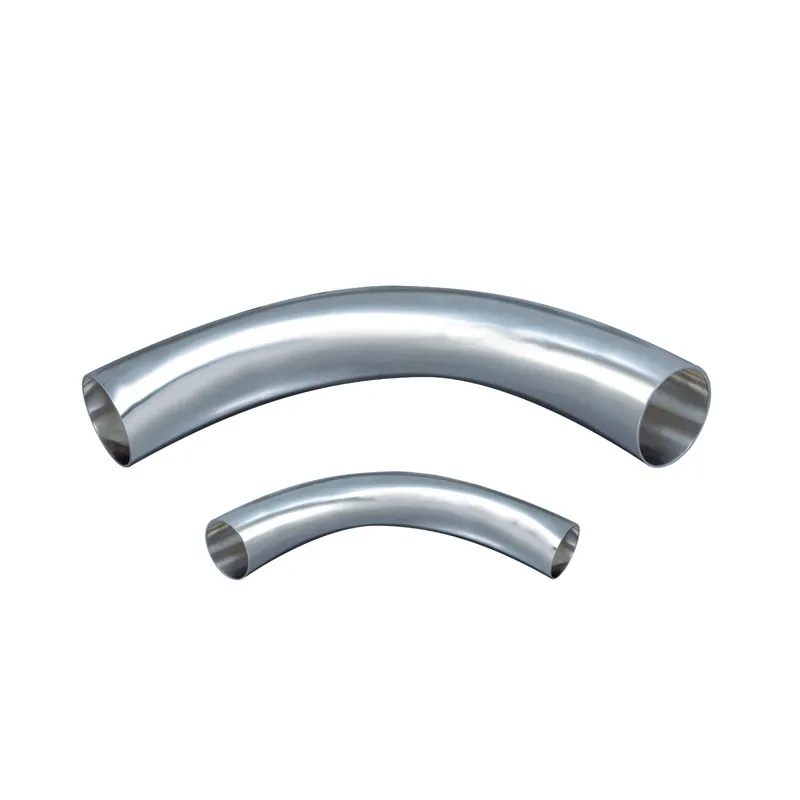
The performance of any stainless steel bend is fundamentally determined by its technical specifications and the quality of its base material. Stainless steel, an alloy of iron with a minimum of 10.5% chromium, forms a passive layer that provides its renowned corrosion resistance. Different grades are optimized for specific applications:
Below is a table outlining typical parameters for stainless steel bend products, showcasing the diversity and precision required:
| Parameter | Common Range/Values | Relevant Standards | Notes |
|---|---|---|---|
| Material Grades | 304, 304L, 316, 316L, 321, 310S, Duplex (2205, 2507) | ASTM A234, ASTM A403, ASTM A815 | Selection based on corrosion resistance and temperature requirements. |
| Outer Diameter (OD) | 1/2" (DN15) to 48" (DN1200) | ASME B36.10M, ASME B36.19M | Varies widely depending on industry and flow volume. |
| Wall Thickness (WT) | Sch 10, Sch 40, Sch 80, Sch 160, STD, XS, XXS | ASME B36.10M (Carbon/Alloy Steel), ASME B36.19M (Stainless Steel) | Determined by pressure rating and mechanical strength needs. |
| Bending Radius (R) | 1.5D, 3D, 5D, 7D, 10D (D=Nominal Pipe Diameter) | MSS SP-75, ASME B16.9 | Affects flow dynamics and space requirements. Larger radius for smoother flow. |
| Bend Angle | 15°, 30°, 45°, 60°, 90°, 180° (and custom angles) | ASME B16.9 | Defines the direction change. |
| Surface Finish | Pickled & Passivated, Polished (e.g., Ra | ASTM A380, ASME BPE (for hygienic applications) | Impacts corrosion resistance, cleanability, and aesthetic. |
| Pressure Rating | Class 150, 300, 600, 900, 1500, 2500 Lbs | ASME B16.9, ASME B16.5 | Critical for system integrity under operational pressures. |
| Operating Temperature | Cryogenic to High Temperature (up to 800°C for some grades) | ASTM A403 | Depends heavily on specific stainless steel grade. |
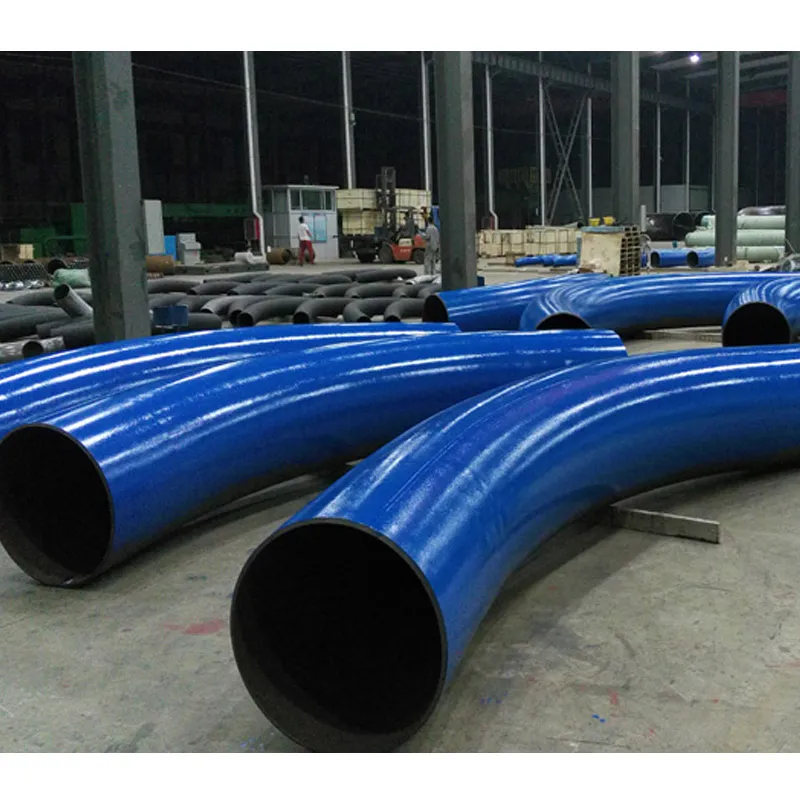
The versatility of the stainless steel bend allows it to be deployed across an impressive array of industries, each benefiting from its specific attributes:
The strategic advantages of using a stainless steel bend are multi-faceted:
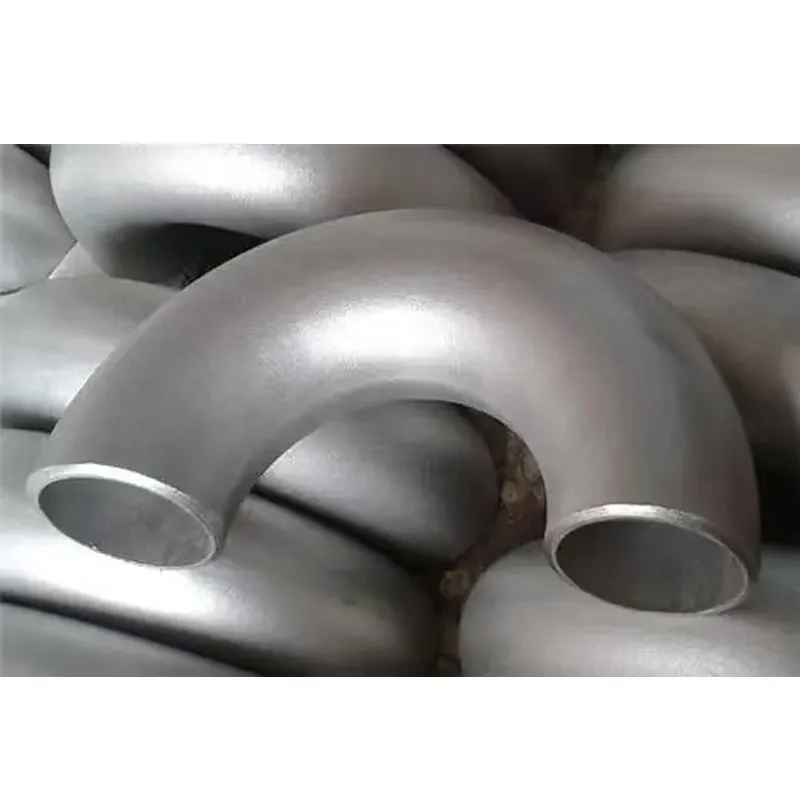
The creation of a high-quality stainless steel bend is a precise engineering feat involving several critical stages. Lion Pipeline employs advanced techniques to ensure each Bend Pipe meets the highest standards of performance and durability. While specific methods may vary (hot induction bending, cold bending, press bending, rotary draw bending), the general flow for a typical seamless stainless steel bend often involves:
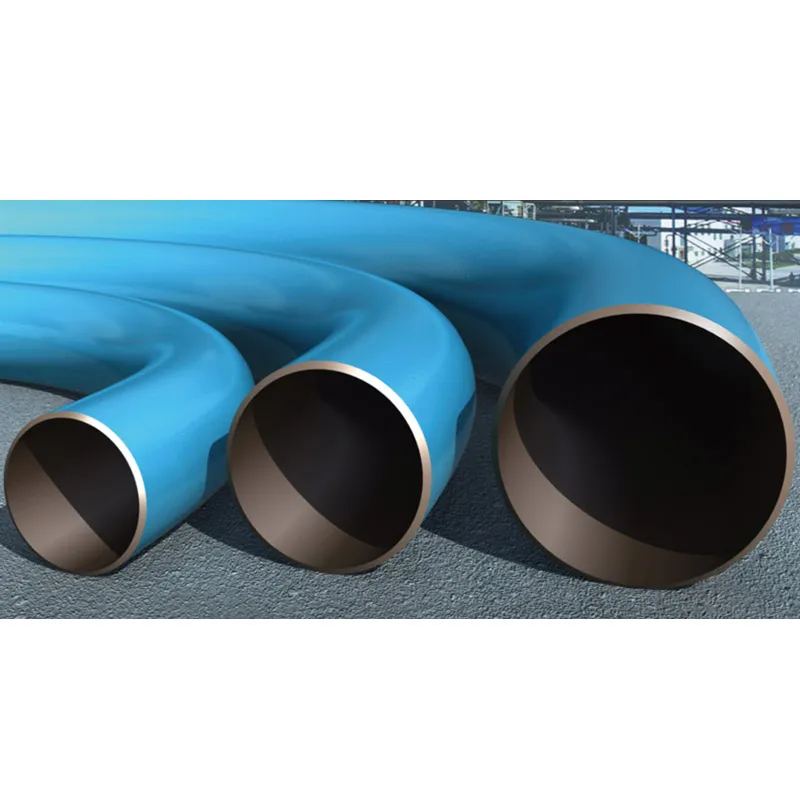
In a competitive market, selecting the right manufacturer for your stainless steel bend requirements is crucial. While many suppliers offer standard products, Lion Pipeline differentiates itself through a commitment to quality, advanced manufacturing capabilities, and unparalleled customer service. Unlike some competitors who may compromise on material traceability or rely on outdated bending techniques, Lion Pipeline invests in cutting-edge equipment and adheres to stringent international standards (e.g., ISO 9001:2015 certified quality management system).
Our focus on precision engineering means less material thinning during bending, maintaining consistent wall thickness, and minimizing ovality – critical factors that directly impact the longevity and performance of the Bend Pipe in high-pressure or corrosive environments. For instance, in an independent third-party comparison of 304 stainless bends from various manufacturers, Lion Pipeline's products consistently demonstrated superior dimensional accuracy and microstructural integrity post-bending, indicating better resistance to fatigue and stress corrosion cracking under cyclical loading conditions, a common issue in dynamic fluid systems. This is supported by our extensive internal testing data and customer feedback. Our products regularly surpass the minimum requirements set by standards like ASME B16.9 for dimensional tolerances and ASTM A403 for material specifications.
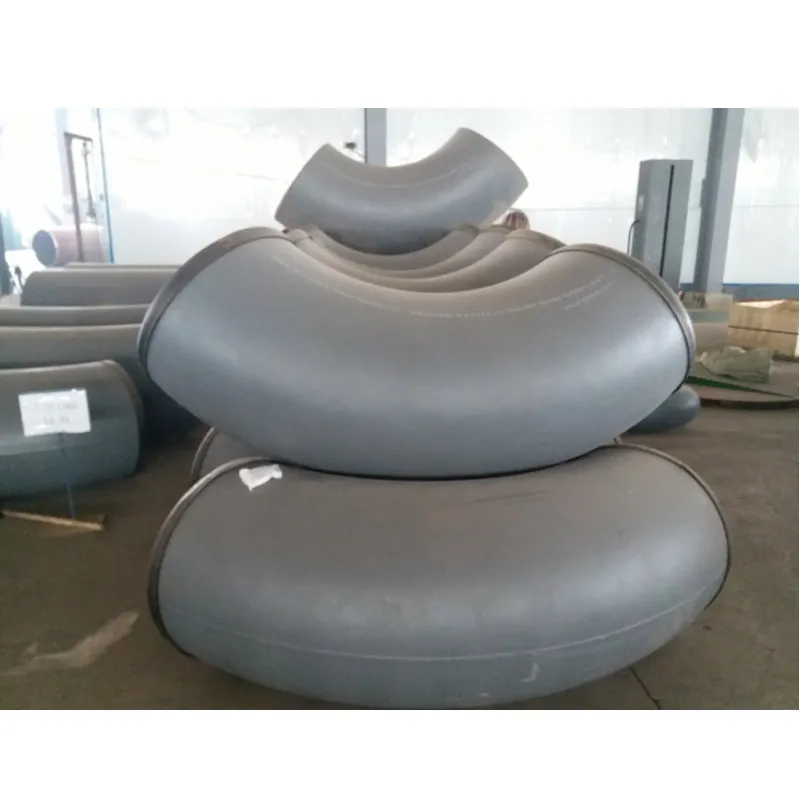
Standard bends don't always fit unique project requirements. Lion Pipeline excels in providing bespoke stainless steel bend solutions, leveraging our engineering expertise and flexible manufacturing capabilities. We offer extensive customization options:
Our engineering team works closely with clients from conceptualization through to final delivery, utilizing CAD/CAM software for design verification and simulation to ensure that the customized stainless steel bend performs exactly as intended. This collaborative approach minimizes risks and optimizes project timelines and costs.
Lion Pipeline's stainless steel bend products have been successfully deployed in numerous demanding projects globally, demonstrating their reliability and our company's capability.
Challenge: A major energy company required hundreds of large-diameter (24"-36" OD), thick-walled (Sch 80S) stainless steel bend components (predominantly 316L) for cryogenic fluid transfer lines in an LNG terminal expansion. The bends needed to withstand extreme cold temperatures (-162°C) and high pressures while maintaining precise dimensional stability to ensure leak-proof connections. Standard fabrication methods struggled to meet the tight ovality and wall thinning tolerances.
Lion Pipeline Solution: We utilized our advanced hot induction bending facility to produce the custom 3D and 5D bends. Each bend underwent rigorous post-bending heat treatment (solution annealing) to restore mechanical properties and then subjected to cryogenic impact testing, hydrostatic testing at 1.5 times design pressure, and extensive non-destructive examination, including ultrasonic testing and PMI. Our strict quality control ensured every bend met the project's stringent specifications, including compliance with relevant sections of ASME B31.3 for process piping.
Outcome: The project was completed on schedule, with zero reported failures or quality deviations related to our stainless steel bend components during installation or commissioning. The client praised our technical expertise and timely delivery, citing our products as a key factor in the pipeline's overall integrity and safety.
Challenge: A leading pharmaceutical manufacturer needed 316L stainless bends with ultra-high purity internal surfaces (Ra
Lion Pipeline Solution: We provided custom-fabricated 316L stainless bends using precision cold bending techniques to minimize material stress, followed by a multi-stage cleaning and electropolishing process in a controlled environment. Every bend was meticulously inspected for surface finish using profilometers and endoscope cameras. Full material traceability was maintained from melt to finished product, as required by FDA regulations.
Outcome: The client successfully installed the piping system, passing all validation tests for bacterial counts and total organic carbon (TOC) levels. Our stainless steel bend components contributed significantly to achieving a truly hygienic and compliant water system, demonstrating our capability in high-purity applications. This success led to subsequent orders for other critical process lines.
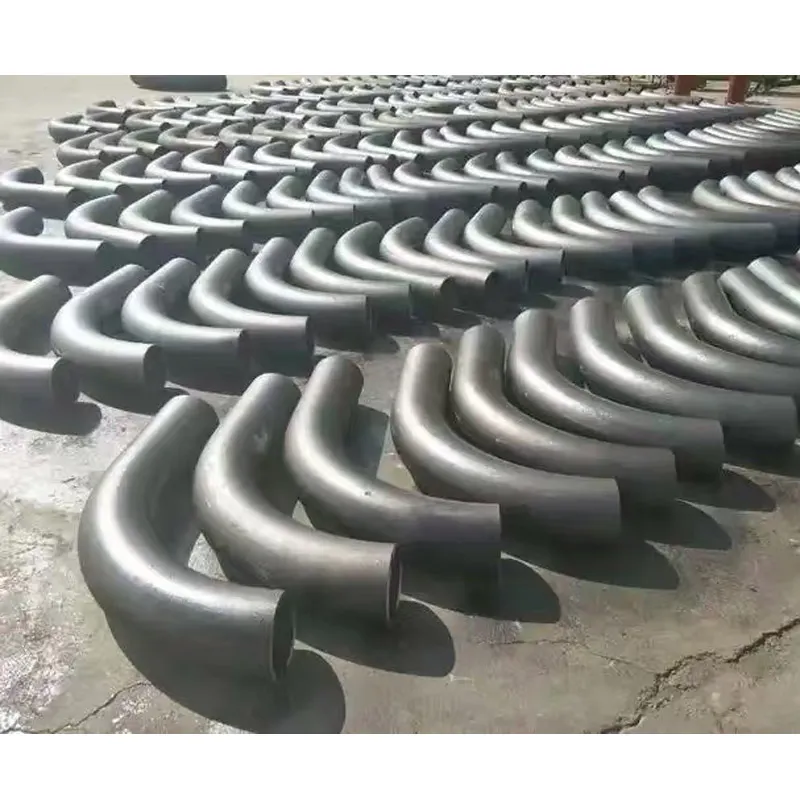
At Lion Pipeline, building trust with our clients is paramount. We achieve this through transparent processes, clear commitments, and robust customer support.
Lead times vary depending on the complexity, quantity, material availability, and specific manufacturing process (e.g., hot induction bending might have a longer lead time than cold bending for simpler shapes). For standard stainless steel bend products, it typically ranges from 2-4 weeks. For complex custom orders, it can be 6-12 weeks. We provide a detailed project timeline upon quote approval.
Our quality assurance process is comprehensive, adhering to ISO 9001:2015 standards. It includes rigorous raw material inspection, in-process dimensional and visual checks, NDT (DPI, UT, RT where applicable), positive material identification (PMI), hydrostatic testing, and final dimensional and visual inspection. All products come with Material Test Certificates (MTCs) and, if requested, third-party inspection reports.
Yes, our stainless steel bend products are designed and manufactured to meet various pressure ratings, up to ANSI Class 2500 Lbs and beyond, depending on the material grade, wall thickness, and diameter. We strictly follow ASME B16.9 and B31.3 standards to ensure pressure integrity. We also offer specific solutions like stainless exhaust tubing bends which are designed to handle specific pressures and temperatures.
Hot induction bending involves localized heating of the pipe to form a bend, ideal for large diameters, thick walls, and precise radii, minimizing ovality and wall thinning. It's often used for critical process piping. Cold bending (e.g., rotary draw bending) involves bending the pipe at ambient temperature, typically suitable for smaller diameters and thinner walls, common for stainless exhaust tubing bends where tight radii are needed without heating. Each method has specific advantages depending on the application.
Absolutely. For industries like food & beverage, pharmaceutical, and biotechnology, we offer specialized surface finishes including mechanical polishing (down to Ra
Lion Pipeline provides a standard 12-month warranty from the date of delivery against manufacturing defects, assuming proper storage, installation, and usage conditions. Our commitment to quality means we stand behind our products' performance. Detailed warranty terms are provided with each order.
While mild steel exhaust pipe bends are more cost-effective upfront, they lack the superior corrosion resistance and durability of stainless steel bend components, especially stainless exhaust tubing bends. Stainless steel offers significantly longer service life, reduced maintenance, and better performance in corrosive or high-temperature environments, making it more cost-effective over the total lifecycle, despite higher initial material costs.
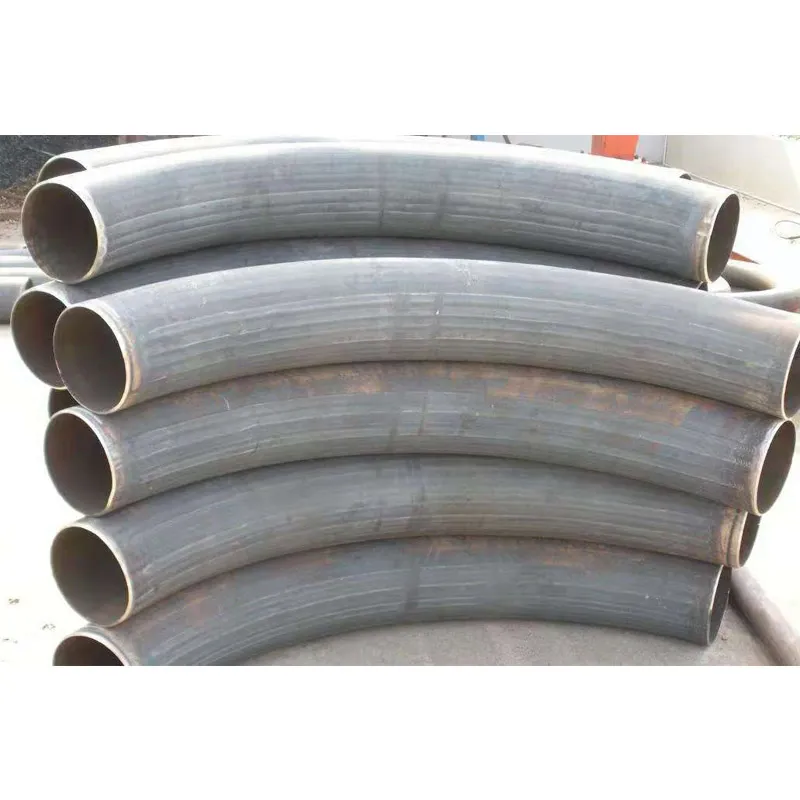
We understand that timely delivery is paramount for project success. Lion Pipeline works with a global network of logistics partners to ensure efficient and secure shipment of your stainless steel bend orders. We provide transparent delivery schedules and regular updates. For international shipments, we manage all necessary documentation and customs procedures to facilitate a smooth process. Our packaging is robust, designed to protect the integrity of the bends during transit, whether by sea, air, or land.
Our commitment to excellence is reflected in our certifications and adherence to global standards. Lion Pipeline operates under an ISO 9001:2015 certified Quality Management System, ensuring consistent quality across all manufacturing processes for every stainless steel bend. Our products conform to major international standards such as ASME B16.9, ASTM A403, MSS SP-43, and EN 10253, and we can meet specific customer or project standards like PED, AD2000, and API. We regularly invite third-party inspectors like SGS, BV, or Lloyd's Register to conduct pre-shipment inspections, further cementing confidence in our product quality and reliability.
Our relationship with clients extends beyond delivery. Lion Pipeline offers comprehensive after-sales support, including technical assistance for installation queries, troubleshooting, and advice on material compatibility or performance optimization for your stainless steel bend components. Our dedicated customer service team is available to address any concerns promptly and efficiently, ensuring long-term satisfaction and fostering enduring partnerships.
In conclusion, the stainless steel bend is far more than a simple pipe fitting; it is a critical engineered component that dictates the efficiency, safety, and longevity of industrial piping systems across the globe. From resisting corrosive agents in chemical plants to ensuring hygienic flow in pharmaceutical facilities, its versatility and durability are unmatched. Lion Pipeline, through its commitment to advanced manufacturing, stringent quality control, and client-centric customization, stands as a leading provider of these essential Bend Pipes, ready to meet the most demanding industrial challenges. Explore our product range and discuss your specific requirements at https://www.lion-pipeline.com/bend-pipe.html to experience the Lion Pipeline difference.
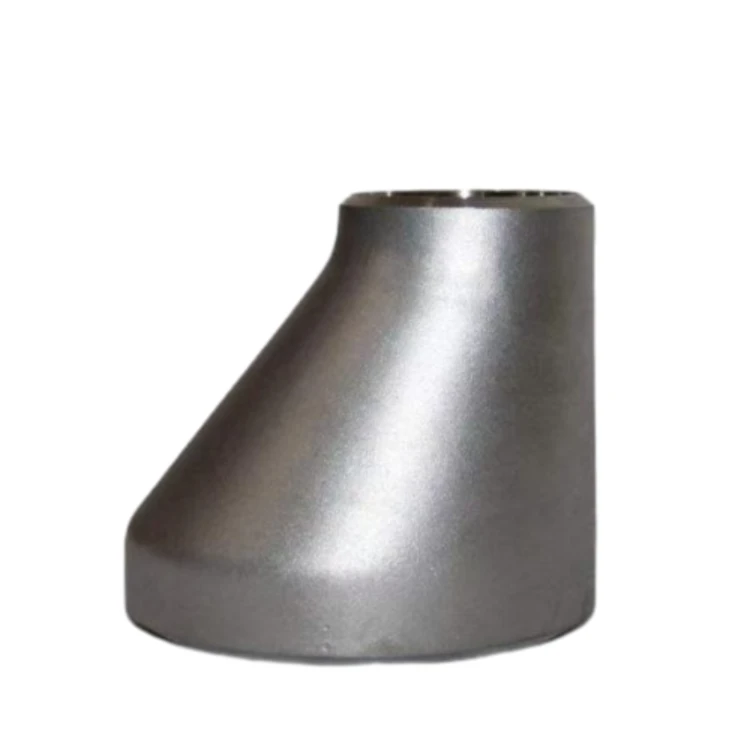
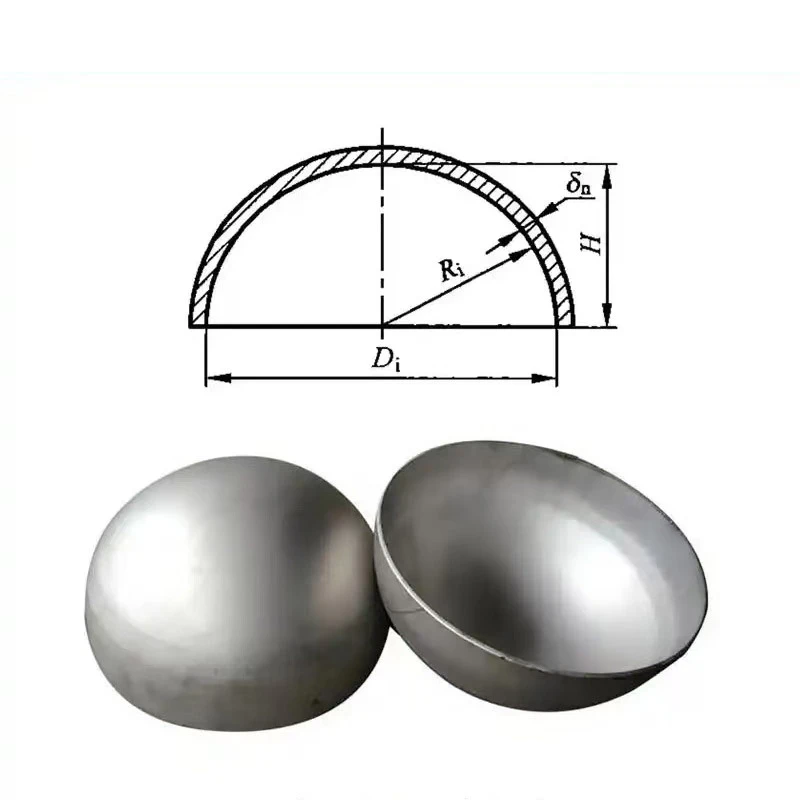
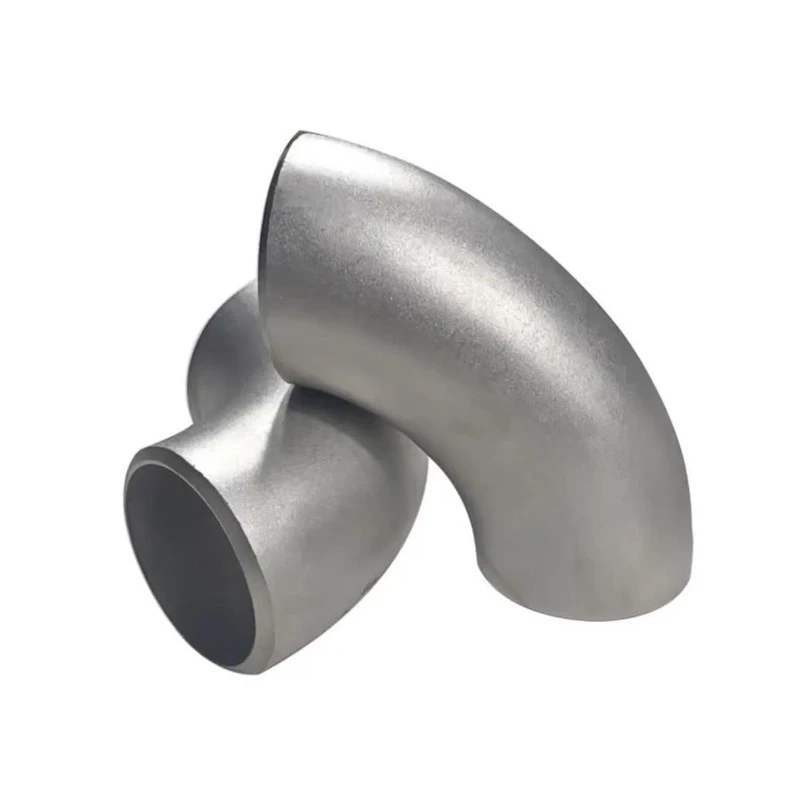
Where to Buy Stainless Steel Pipes and Tubing for Sale Together
The Future of Smart Flange Technology
Tee Pipe Fitting in Industrial Process Piping
Prefabricated Pipe in Shipbuilding Applications
How Anti Corrosion Pipe Extends Pipeline Lifespan
Cts Pipe Fittings for Potable Water Systems
If you are interested in our products, you can choose to leave your information here, and we will be in touch with you shortly.




